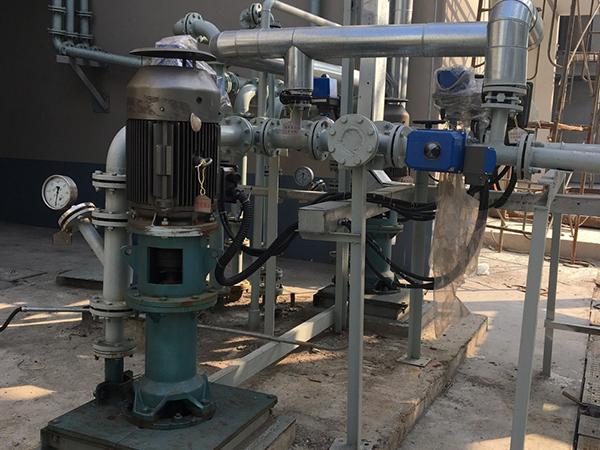Mongolian
- Afrikaans
- Albanian
- Amharic
- Arabic
- Armenian
- Azerbaijani
- Basque
- Belarusian
- Bengali
- Bosnian
- Bulgarian
- Catalan
- Cebuano
- Corsican
- Croatian
- Czech
- Danish
- Dutch
- English
- Esperanto
- Estonian
- Finnish
- French
- Frisian
- Galician
- Georgian
- German
- Greek
- Gujarati
- Haitian Creole
- hausa
- hawaiian
- Hebrew
- Hindi
- Miao
- Hungarian
- Icelandic
- igbo
- Indonesian
- irish
- Italian
- Japanese
- Javanese
- Kannada
- kazakh
- Khmer
- Rwandese
- Korean
- Kurdish
- Kyrgyz
- Lao
- Latin
- Latvian
- Lithuanian
- Luxembourgish
- Macedonian
- Malgashi
- Malay
- Malayalam
- Maltese
- Maori
- Marathi
- Mongolian
- Myanmar
- Nepali
- Norwegian
- Norwegian
- Occitan
- Pashto
- Persian
- Polish
- Portuguese
- Punjabi
- Romanian
- Russian
- Samoan
- Scottish Gaelic
- Serbian
- Sesotho
- Shona
- Sindhi
- Sinhala
- Slovak
- Slovenian
- Somali
- Spanish
- Sundanese
- Swahili
- Swedish
- Tagalog
- Tajik
- Tamil
- Tatar
- Telugu
- Thai
- Turkish
- Turkmen
- Ukrainian
- Urdu
- Uighur
- Uzbek
- Vietnamese
- Welsh
- Bantu
- Yiddish
- Yoruba
- Zulu
Telephone: +86 13120555503
Email: frank@cypump.com
8 сар . 07, 2024 14:20 Back to list
Effective Submersible Pumps for Efficient Sewage Water Management in Various Applications
The Importance of Sewage Water Submersible Pumps
Sewage water management is a crucial aspect of modern infrastructure, ensuring the removal and treatment of wastewater in urban areas. Among the various technologies employed in this field, sewage water submersible pumps have emerged as an essential tool for efficient waste disposal. These pumps are designed to be submerged in sewage, allowing for the effective transfer of wastewater from lower to higher ground, making them indispensable in both residential and industrial settings.
How Sewage Water Submersible Pumps Work
Submersible pumps operate by utilizing a hermetically sealed motor that is coupled to the pump body. This design allows the entire unit to be submerged in the liquid being pumped, which minimizes the risk of motor damage and enhances efficiency. The pump draws sewage water into its impeller, where rotational energy is converted into kinetic energy, resulting in the elevation and movement of wastewater to treatment facilities or holding tanks.
These pumps are equipped with various components designed to handle the unique challenges of moving sewage. They often feature durable, corrosion-resistant materials to withstand the harsh chemicals and solids found in wastewater. Moreover, specialized impeller designs allow them to handle larger particles without clogging, thereby ensuring continuous operation even under demanding conditions.
Applications of Sewage Water Submersible Pumps
Sewage water submersible pumps are widely used in a variety of applications. In residential areas, they are commonly installed in basements and sewage lift stations to handle excess water during heavy rain or flooding. They are also essential in municipal sewage systems, facilitating the transfer of wastewater from homes and businesses to treatment facilities. Additionally, they are deployed in industrial settings to manage wastewater from manufacturing processes, ensuring compliance with environmental regulations.
In remote locations or areas without access to traditional sewage systems, submersible pumps serve as a practical solution for onsite sewage disposal. These pumps can be installed in septic systems or effluent treatment systems, promoting sustainable waste management practices and protecting the environment.
sewage water submersible pump

Benefits of Using Submersible Pumps
One significant advantage of submersible pumps is their energy efficiency. By operating underwater, they can eliminate the need for additional piping and systems, reducing energy consumption during operation. Furthermore, these pumps are often more compact than traditional pumps, making them easier to install in tight spaces.
Another benefit is their reliability. Sewage water submersible pumps are engineered to function continuously, with minimal maintenance requirements. Many models are equipped with built-in sensors that monitor performance and detect issues such as overheating or blockages, thereby enhancing operational safety and longevity.
Challenges and Considerations
Despite their advantages, submersible pumps are not without challenges. Regular maintenance is crucial to ensure optimal performance and prevent issues like clogging or wear. Operators must also be vigilant about the types of materials being pumped; certain substances can damage the pump or lead to environmental contamination.
Moreover, the installation of sewage water submersible pumps requires consideration of local regulations and environmental standards. Proper planning and consultation with professionals in the field can help mitigate risks and ensure compliance.
Conclusion
Sewage water submersible pumps play a vital role in modern wastewater management, offering efficient solutions for moving and treating sewage. Their versatility and reliability make them an integral part of sewage systems in various applications, from residential use to industrial waste management. As urban areas continue to grow and environmental concerns escalate, the demand for effective wastewater management solutions like submersible pumps will undoubtedly increase, highlighting their importance in maintaining public health and environmental integrity.
-
Horizontal Split Case Pump with GPT-4 Turbo | High Efficiency
NewsAug.01,2025
-
ISG Series Pipeline Pump - Chi Yuan Pumps | High Efficiency, Durable Design
NewsAug.01,2025
-
Advanced Flue Gas Desulfurization Pump with GPT-4 Turbo | Durable & Efficient
NewsJul.31,2025
-
ISG Series Vertical Pipeline Pump - Chi Yuan Pumps | Advanced Hydraulic Design&Durable Construction
NewsJul.31,2025
-
ISG Series Vertical Pipeline Pump - Chi Yuan Pumps | Energy Efficient & Low Noise
NewsJul.31,2025
-
pipeline pump - Chi Yuan Pumps Co., LTD.|High Efficiency&Low Noise
NewsJul.31,2025










